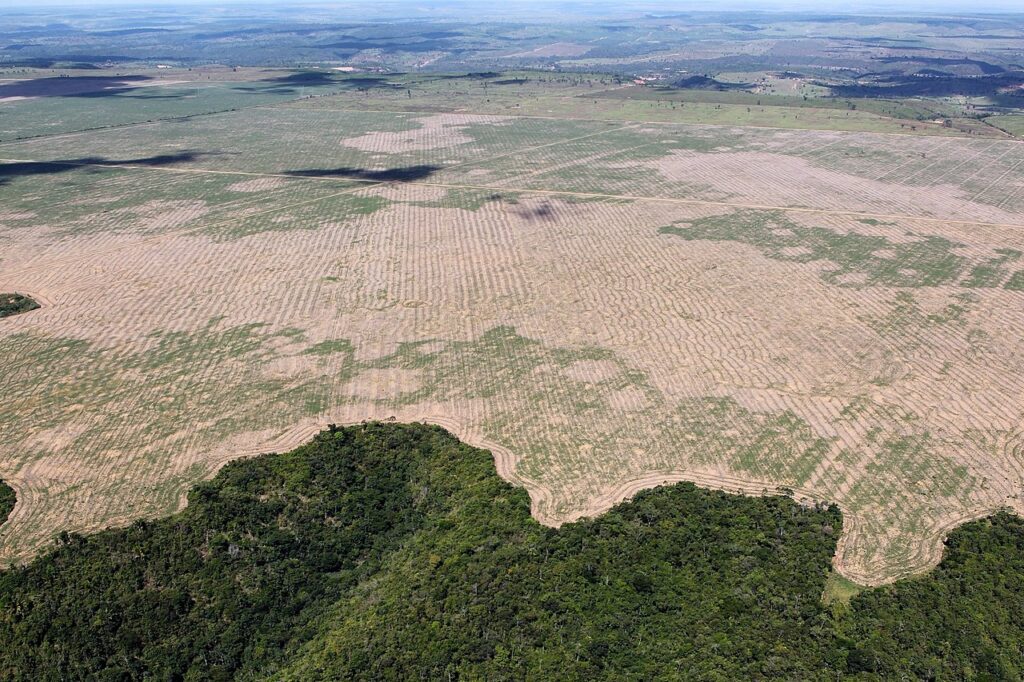With rapid urbanisation and increasing human density, the pressure on natural resources has tripled in the last decade. Natural resource scarcity has resulted in lower survivability rates for many native species. With increased development activities and modernization, booming industrialization has created a severe depletion of natural resources. Excessive consumerism has led to a phenomena knowns as ecological overshoot.
What is ecological overshoot?
Ecological overshoot occurs when human demand exceeds a natural ecosystem’s regenerative capacity. When humanity demands more than the biosphere can renew, global overshoot occurs. In other words, humanity’s Ecological Footprint exceeds the planet’s ability to regenerate itself. Living within the biosphere’s regenerative capacity is required for sustainability. According to the Ecological Footprint, human populations have been using more biotic resources than the planet can renewably produce on a global scale since at least the mid-1970s (McLellan et al., 2014). Humanity is not preserving natural capital for future generations, and compelling evidence suggests that we are currently overshooting. The well-known ecological footprint is used as evidence of this overshoot by Wackernagel et al. (2002).

How bad is the situation?
Since the 1970s, humanity’s annual demand on the natural world has exceeded what the Earth can renew in a year. This “ecological overshoot” has worsened over time, reaching a 50% deficit in 2008. This means that it takes the Earth 1.5 years to regenerate the renewable resources that people use while also absorbing the CO2 waste that they produce in the same year. The decline in biocapacity per capita is primarily due to global population growth. More people must share the planet’s resources. The increased productivity of the Earth is insufficient to meet the demands of this growing population.
The data collected by the Global Footprint Network (GFN) assumes that humanity has access to the entire biocapacity of the Earth. The continued over-exploitation of natural resources causes ever more severe damage to global ecosystems over time; this has destabilised many micro ecosystems, increasing extinction rates, and is putting pressure on macro ecosystems. In this way, humans are currently exceeding Earth’s carrying capacity as ecological overshoot increases year after year.
According to ecological data gathered so far, the global community has been using more resources than the planet can regenerate since 1970, which was also the year that human consumption began to outpace the planet’s biocapacity.
Earth Overshoot Day
Every year, on Earth Overshoot Day, an illustrative calendar date obtained through calculation. Humanity’s resource consumption for the year is considered to have exceeded the Earth’s capacity to regenerate those resources for that year. To determine whether ecological overshoot is occurring, global and nation-specific data on the availability of natural resources, the ability of ecosystems to renew any consumed natural resources, and the rate at which the resources are consumed, typically assessed for each calendar year, must be collected. This data collection, and analysis is typically done by scientific and conservation organisations, such as the Global Footprint Network, which collects data to assess the ecological footprint of each country and the global community.
Why does ecological overshoot matter?
Some of the most difficult problems that humanity faces are related to the environment. Multiple equally valid and value-laden perspectives, numerous viable solutions, local nuance, growing uncertainty and risk, increasing rates of change, cross-scalar influences, non-linearity and unpredictability, and increasing variability are some of their key characteristics (Batie, 2008, Galanter, 2003, Brennan, 2004, Calvano, 2004). The resilience of humanity is impacted by ongoing trends of rising “ecological debt” (McLellan et al., 2014), which raises the possibility that we could disturb natural systems to the point where they quickly cross irreversible thresholds and enter wholly different and less desirable environmental states.
The growing extinction rate is the most well-known sign of ecological overshoot. Overpopulation and global travel make zoonotic disease pandemics like COVID-19 more likely since we intrude on wildlife habitats and hasten the spread of these diseases.
Conclusion
Longer time and space scales are needed for sustainable use of the planet than are now used. But there are three simple steps that may be taken to ensure success: stabilising the population, switching to sustainable habits, and mending the biospheric life support system. The emphasis of this analysis is on the final point.
Strong action is required right away because there has already been an ecological overshoot and it is unclear how near humanity is to the point at which ecosystem services will likely be either undesirable or even inappropriate for the human race. The planet’s ecosystems should be able to recover from an overshoot unless they start to become less resilient. To stop the earth from collapsing, the large and rapid loss of resources must be minimised and made up for using alternative methods.
Written by: Shreya Pandey
Help us Help Them! Think Wildlife Foundation is a non profit organization with various conservation initiatives. Our most prominent campaign is our Caring for Pari intiative. Pari is a rehabilitated elephant at the Wildlife SoS Hospital. 25% of the profits from our store are donated to the elephant hospital for Pari. Other than buying our wonderful merchandise, you could donate directly to our Caring For Pari fundraiser.
